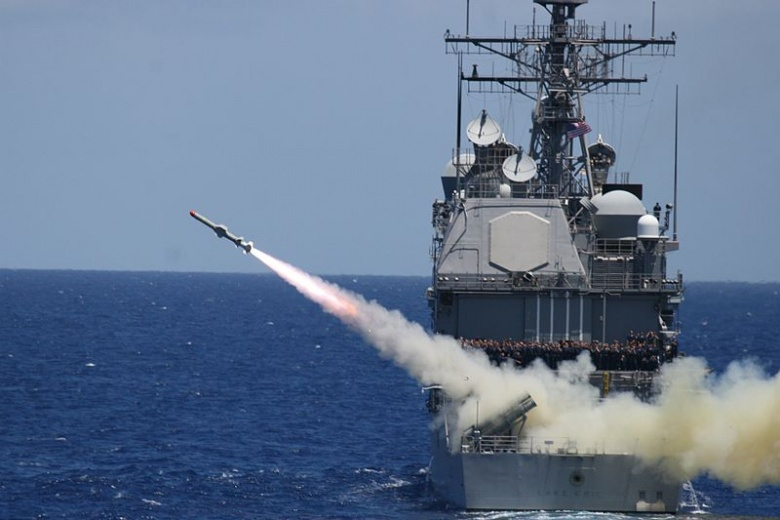
Last week Inside Defense reported that Lockheed Martin has begun work on an undersea-launched variant of its Long-Range Anti-Ship Missile (LRASM). The report, which is based on an interview Inside Defense conducted with a senior Lockheed official, said that the submarine-launched LRASM would utilize the same type of system that currently launches Tomahawk missiles. It went on to say that Lockheed is “working to integrate the missile with different targeting systems as well as different software and electrical interfaces.”
As previously noted, the LRASM has a reported range of 500 nautical miles and carries a 1,000-lb. penetrator and blast-fragmentation warhead. It is primarily designed to provide the U.S. Navy and Air Force with a precision-guided long-range stand-off capability that can survive in aggressive electronic warfare environments. To achieve this, it uses on-board sensors and a semi-autonomous guidance system to reduce its dependence on intelligence, surveillance and reconnaissance (ISR) platforms, network links and GPS navigation. It also employs “innovative terminal survivability approaches and precision lethality” to avoid advanced enemy countermeasures while still reaching its intended target.
The report quoted Frank St. John, Lockheed's vice president of tactical missiles, as saying that “The primary work there is to just get it out of the sub, free of the water, and then once the engine starts it runs just as if it was dropped off a plane or shot off a ship." Testing is scheduled to start sometime in the third quarter of this year.


No comments:
Post a Comment